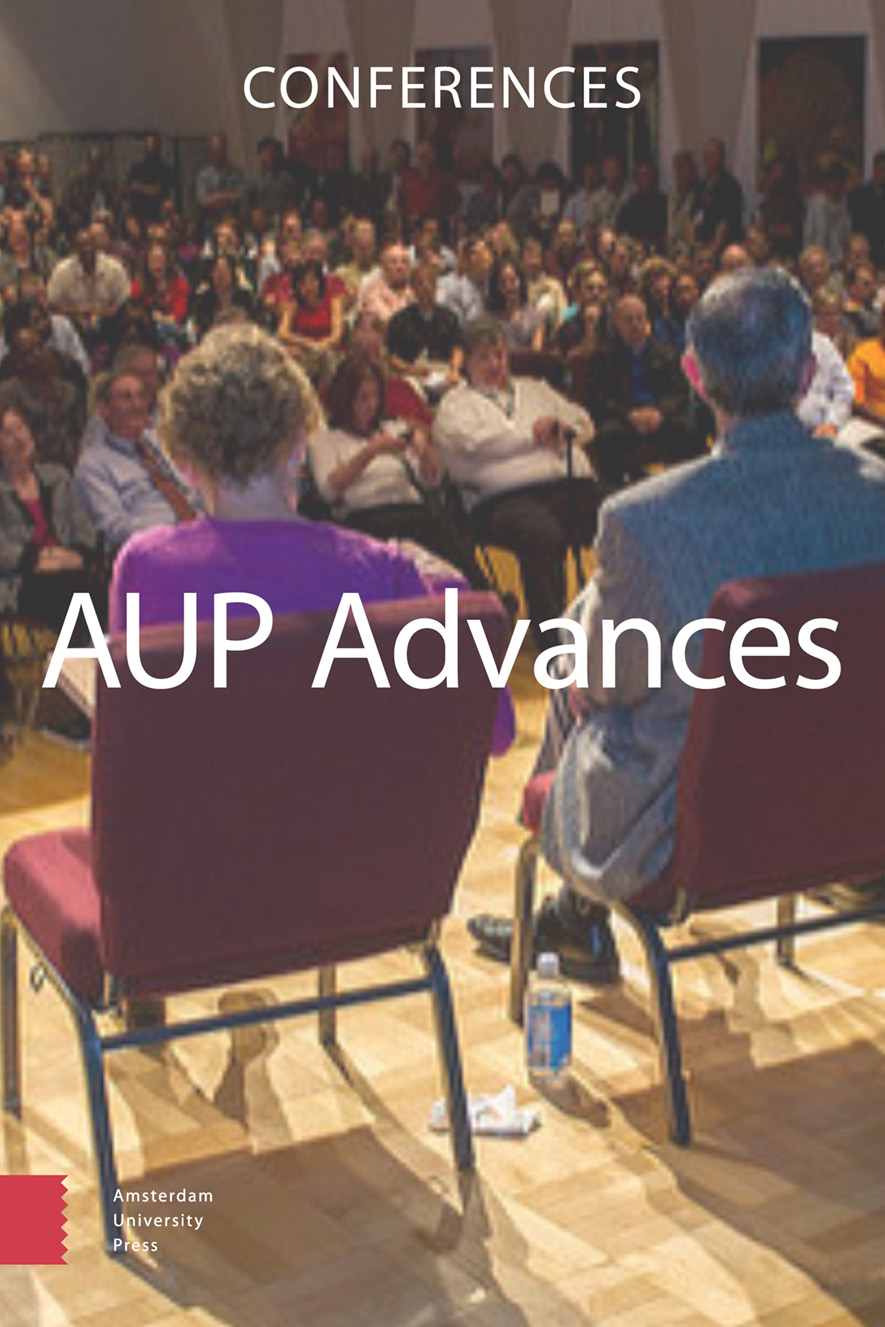-
oa Safety Metrics Based on Utilisation of resources
- Amsterdam University Press
- Source: AUP Advances, Volume 1, Issue 1, May 2018, p. 88 - 98
-
- 01 May 2018
Abstract
The objective of the study described in this paper is to define safety metrics that are based on the utilisation of resources. The background of this research is a specific need of the aviation industry where small and medium-sized enterprises lack large amounts of safety-related data to measure and demonstrate their safety performance proactively. The research department of the Aviation Academy has initiated a 4-year study, which will test the possibility to develop new safety indicators that will be able to represent safety levels proactively without the benefit of large data sets. The research team has reviewed the academic and professional literature about safety performance indicators and has performed surveys into 13 companies in order to explore what, how, and why safety performance indicators are used and whether there is a statistically linear relation between SMS process metrics and safety outcomes. The preliminary results showed that companies do not use data from all SMS processes in the development of safety performance indicators, they do not ground the selection of indicators on specific criteria, they implement SMS process in different ways, but they are eager to use alternative metrics, including ones potentially to be derived on the basis of contemporary safety models and views. As part of the development of alternative safety metrics, safety performance indicators were defined that are based on the difference between required resources and available resources. Resources are people, time, equipment and budget. This work is inspired by the general notion that a large gap between ‘work as imagined’ and ‘work as done’ has a negative influence on the level of safety. Work as imagined in this context is represented by available resources and work as done by required resources. The metrics were defined by a combination of literature research and semi-structured interviews with operational practitioners in the aviation industry. The suitability of the metrics will subsequently be tested in pilot studies within the aviation industry.


